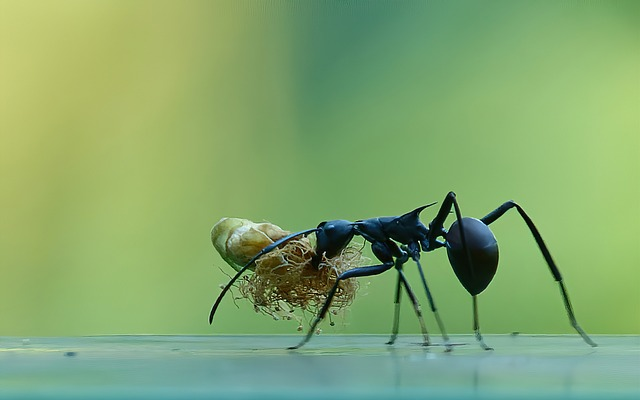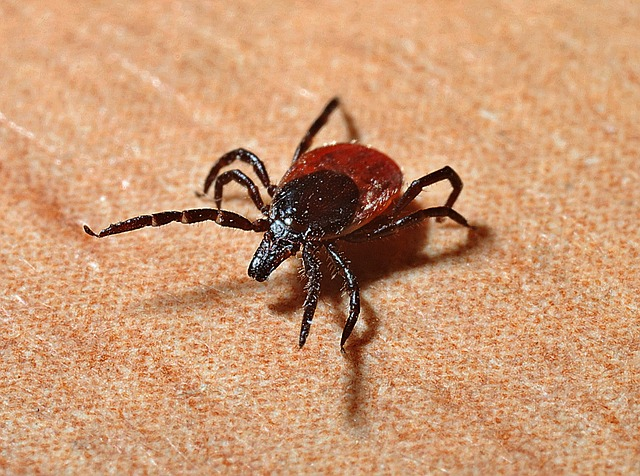Ants in Oklahoma
Introduction
Oklahoma, with its varied landscapes and climates, is home to a diverse range of ant species, each with unique characteristics and behaviors. Understanding these tiny yet significant creatures is crucial for homeowners, gardeners, and anyone interested in the state’s natural environment. This article delves into the common ant types found in Oklahoma, including Carpenter ants, Odorous house ants, Red imported fire ants, and Harvester ants. We’ll explore their life cycles, habitats, and the specific challenges they pose, providing valuable insights for effective ant control and prevention. Well now, let’s giddy up and dive a bit deeper into the behavior of these lil’ critters, ‘especially how they interact with their environment right here in the Sooner State. Take the Carpenter ants, for example – these fellers are mighty fond of wood, which can be a real headache for homeowners if they start chewin’ through the structures. They nest in both dead and damp wood, so keep an eye on old trees and lumber piles.
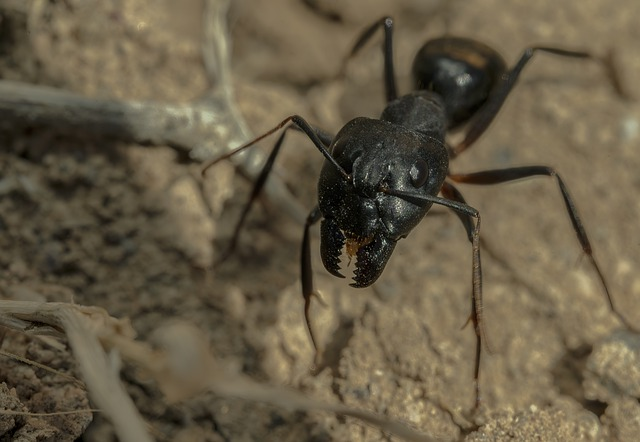
Types of Ants in Oklahoma
Oklahoma’s ecosystem hosts various ant species, each contributing uniquely to the environment. Among them, Carpenter ants are known for their ability to damage wooden structures, including man-made ones, by hollowing them out for nesting. Odorous house ants, on the other hand, are infamous for the unpleasant odor they release when crushed. Red imported fire ants are easily identified by their aggressive nature and painful stings, while Harvester ants play a crucial role in seed dispersion and soil aeration.
When Do Ants Emerge in Oklahoma?
Ant season in Oklahoma typically begins in the warmer months when these insects become more active in search of water, food scraps, and suitable nesting sites. This is also the time when you may notice more pronounced ant mounds, especially from species like the fire ant. Understanding their life cycle can help in identifying and controlling ant problems more effectively.
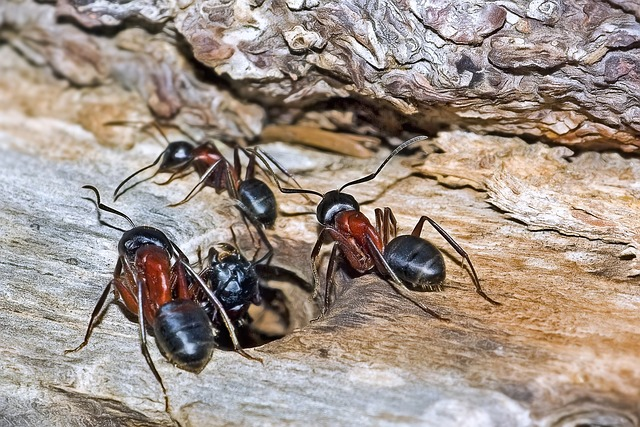
Not Sure What Type of Ant You Have?

Identifying the type of ant infestation is crucial for effective control. Each species has unique characteristics, such as the size and shape of worker ants or the location of their nesting sites. For instance, Carpenter ants prefer dead trees and other wooden structures, while Pavement ants are often found under rocks or pavements.
Odorous House Ants
These ants are a common nuisance in homes. They are attracted to water and food scraps, often invading kitchens and pantries. Odorous house ants can be identified by their dark brown to black color and the distinct smell they emit. Effective control involves eliminating water sources and ensuring food is properly stored.
Carpenter Ants
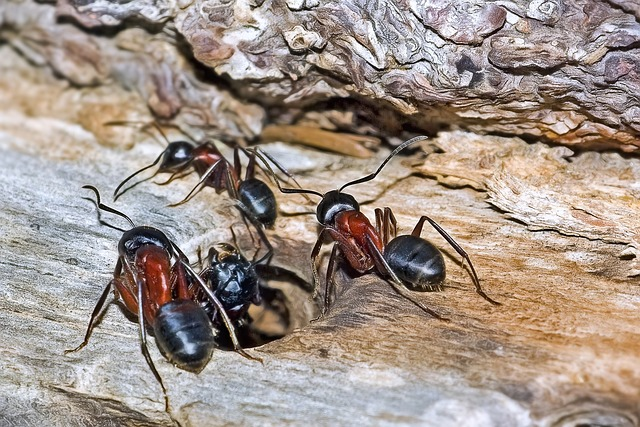
Carpenter ants, often mistaken for typical black ants due to their coloration, are notorious for their nest-building habits in wooden structures, causing notable Carpenter ant damage. Unlike creating visible fire ant mounds, these ants discreetly excavate inside wood, forming intricate carpenter ants nests, which can compromise the integrity of the affected structures over time.
Red Imported Fire Ants
Red imported fire ants are notorious for their painful stings and aggressive behavior. They pose a significant risk to humans and animals alike. These ants build large mounds, often in sunny areas. Control measures include professional pest control interventions, especially when dealing with large colonies.
Harvester Ants
Harvester ants are essential for the ecosystem but can become a nuisance when their foraging and nesting behaviors clash with human activities. They are known for collecting seeds, which can impact gardeners and farmers. Their nests are typically found in open, sunny areas and can be quite large.
How many Ant Species are there?
Oklahoma is home to a diverse array of ant species, with estimates ranging from 100 to over 300 different types. This variety reflects the state’s rich ecological diversity, offering a habitat for a wide range of ant species, from common household invaders to more specialized native species.
FAQs
Q: How can I tell if I have an ant infestation?
A: Look for signs like visible ant trails, ant mounds, or an increased number of ants, especially in areas where food is stored.
Q: Are ant bites dangerous?
A: Most ant bites are harmless, but some, like those from fire ants, can be painful and cause allergic reactions in sensitive individuals.
Q: Can ants cause damage to my property?
A: Yes, certain species like Carpenter ants can cause structural damage to wooden structures.
Q: What natural remedies can I use for ant control?
A: Natural remedies include using vinegar solutions, citrus peels, or diatomaceous earth. However, their effectiveness varies.
Q: When should I call a professional for ant control?
A: If home remedies fail or you’re dealing with a large infestation, it’s advisable to call a professional pest control service like Flat Line Pest Control.
Q: How do I differentiate between different ant species in Oklahoma?
A: Differentiating ant species involves examining their physical characteristics, such as size, color, and body shape. For example, Carpenter ants are larger and typically black, while Odorous house ants are smaller and dark brown. Observing their behavior and the location of their nests can also provide clues. For instance, Harvester ants prefer open, sunny areas for their nests, while Red imported fire ants build large mounds in a variety of environments.
Q: What are the environmental impacts of using chemical ant controls?
A: Chemical ant controls, while effective, can have adverse environmental impacts. They can contaminate soil and water sources, harm non-target species (like beneficial insects and wildlife), and contribute to the development of chemical resistance in ant populations. It’s important to use these products responsibly and consider eco-friendly alternatives when possible. Additionally, consulting with professional pest control services can guide the most environmentally sustainable methods for ant management.
Q: Are all big black ants carpenter ants?
A: Not all big black ants are Carpenter ants. While Carpenter ants are typically large and black, there are other ant species with similar appearances. Proper identification requires examining physical traits like body shape and behavior, such as nesting habits, to accurately distinguish Carpenter ants from others.
Have you ever asked yourself, why do I suddenly have fire ants? The sudden appearance of fire ants in your environment can be attributed to several factors. Firstly, these ants are highly mobile and can rapidly establish new colonies. They often migrate in search of food and suitable nesting sites, particularly in warmer climates or during dry seasons when their usual habitats become less hospitable. Additionally, fire ant colonies can quickly expand, especially if food and water are abundantly available. Disturbances to their existing nests, either through landscaping activities or natural events, can also cause them to relocate and establish new mounds in more favorable areas, including residential spaces. Lastly, the unintentional transportation of fire ants through infested soil, plants, or other materials can introduce them to new locations.
Conclusion
Understanding the types of ants in Oklahoma and their behaviors is essential for effective control and coexistence. From the nuisance of odorous house ants to the structural threat posed by Carpenter ants, each species requires a tailored approach. Remember, managing ant problems effectively not only requires knowledge of the ant species but also a commitment to regular home maintenance and, when necessary, professional assistance. By staying informed and proactive, you can keep your Oklahoma home ant-free.
